Anyone who's been in the supplement game for a while has no doubt heard of, and probably taken, branched-chain amino acids (BCAAs).
BCAA supplementation is famously anti-catabolic, helping prevent the undue breakdown of muscle tissue during exercise. This is why, during the 2010s, many intermittent fasting OGs like Martin Berkhan of Leangains recommended training in a fasted state – except for a few grams of BCAAs, taken on an empty stomach immediately before working out.
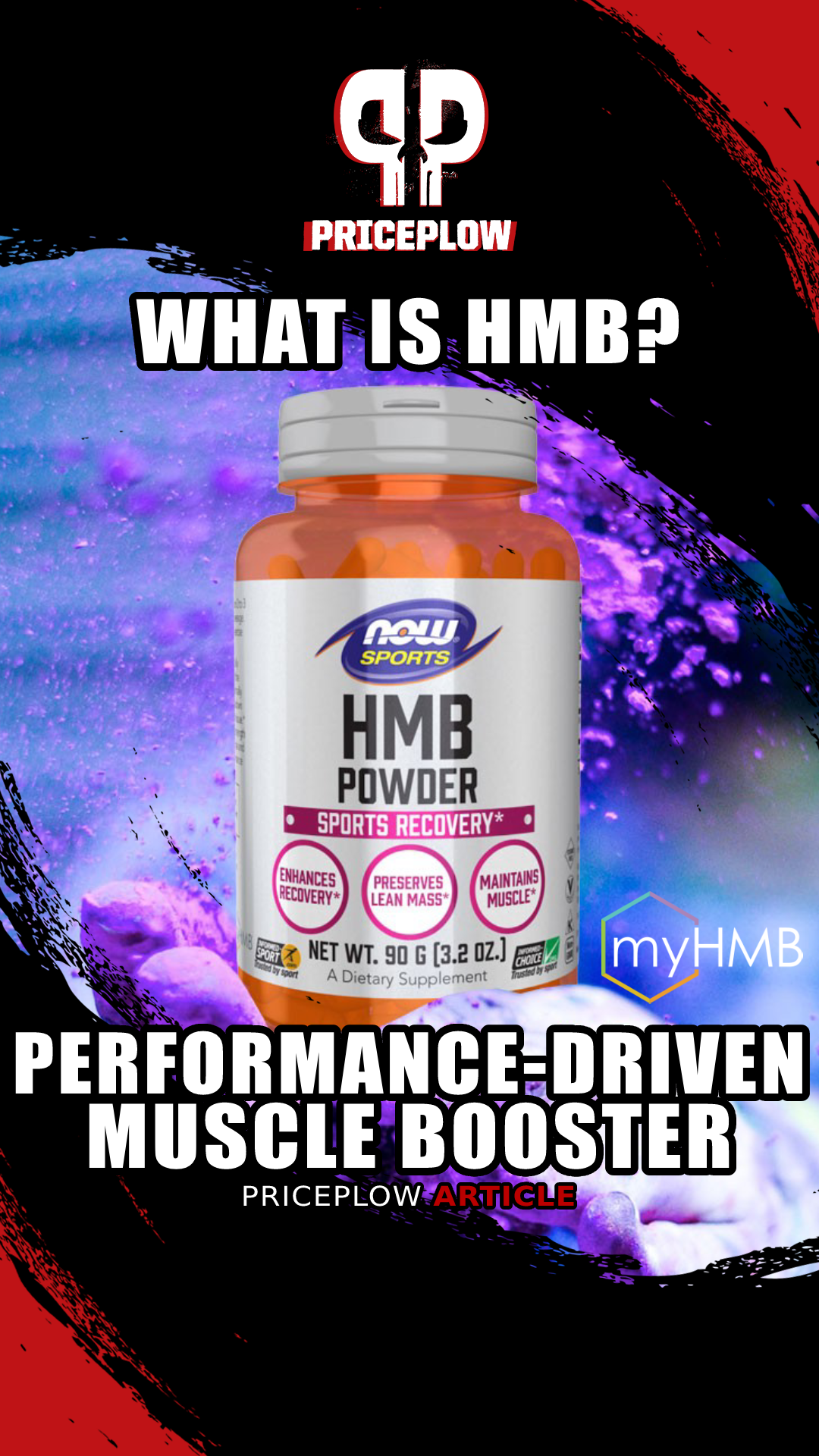
HMB, short for β-hydroxy β-methylbutyrate, is a signaling metabolite of the BCAA leucine, and works as a performance-driven muscle health ingredient. It's sold as myHMB, myHMB Clear, and BetaTOR from TSI Group, Ltd.
Back then, many people, including the authors of this article, got great results with this simple BCAA-only pre-workout regimen. Many people can attest, anecdotally, to the anti-catabolic and anabolic power of BCAAs, and there's tons of research substantiating this idea, too.
So how exactly do BCAAs work? A big part of the answer to this question can be found in a molecule called β-hydroxy β-methylbutyrate, better known as HMB, which is the subject of today's guide on PricePlow.
HMB: The leucine metabolite that exerts many of leucine’s benefits
There are three BCAAs: leucine, isoleucine, and valine. Most of us know that in this trio, leucine does most of the heavy lifting -- it's the most anabolic of the three. And HMB is a leucine metabolite that seems to be responsible for most of leucine's beneficial effects.
As we'll see, HMB is primarily a signaling molecule that activates many of the same mechanisms as leucine. Perhaps most significant is HMB's ability to activate the mammalian target of rapamycin (mTOR), your body's "master switch" for anabolic and catabolic responses.
Of course, HMB isn't exactly new, and it hasn't been without controversy. That's why we've written this deep dive article: we're hoping to settle the debate about this promising ingredient, and set the record straight once and for all - with realistic, data-based conclusions.
Let's get into the background, then dive deep into the science behind HMB. We'll also focus on myHMB from Metabolic Technologies - a TSI Group company. myHMB is a family of HMB-based ingredients that provides the ingredient in a few form factors.
Subscribe to PricePlow's Newsletter and Alerts on These Topics
HMB In Context: Better Than We Thought
The supplement industry first marketed HMB back in the early 1990s, and it was met with great fanfare. Of course, back in those days, hype was not necessarily a good thing. The supplement industry was not nearly as science-driven as it is today, and a lot of brands got carried away talking the ingredient up, sometimes leading to unrealistic consumer expectations.
The excitement surrounding HMB reached a point where many expected it to be as effective as illicit substances in building muscle, and wrote it off as worthless when it turned out to fall short of this mark. This was a case of throwing the baby out with the bathwater. Of course an amino acid metabolite won't have supraphysiological muscle-building effects. That doesn't mean it isn't a cost-effective supplement, though.
So let's talk about what it really is and does:
What is HMB? Will the Real HMB Please Stand Up?
So, with that out of the way, what does high quality research tell us about HMB's muscle-building potential? First, let's start with the mechanisms of action behind leucine and HMB, which will help us understand why the molecule is so important.
Leucine: HMB’s precursor
Leucine, the metabolic precursor to HMB, has long been known as an anti-proteolytic agent (i.e., a compound that prevents muscle protein breakdown under stressful conditions). Another way of saying this is that leucine is anti-catabolic, since the process of muscle breakdown is called catabolism (as opposed to muscle growth, which is anabolic).[1]
Before we get into human studies, let's see what the results of animal models show:
Animal studies: Very large doses of leucine needed for anti-catabolic effects
There's just one problem with leucine: you need impractically large doses of it to get a significant anti-catabolic effect. For example, in one study where a leucine-enriched diet reduced muscle loss in chronically-diseased mice by 11%, leucine accounted for 3% of the mice's total calorie intake.[2] In the context of a human being's 2,000-calorie diet, that would be 60 grams of leucine per day.
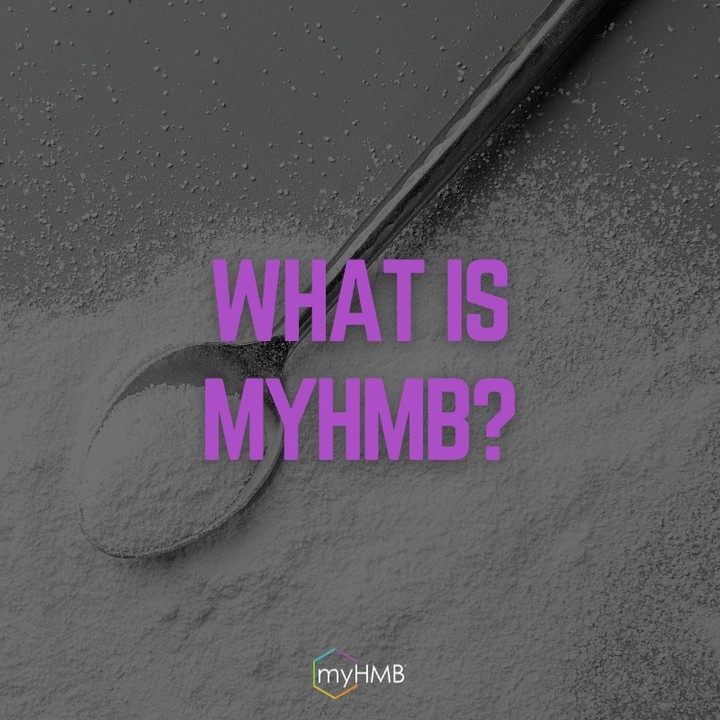
What is HMB? Keep reading to learn everything you've ever wanted to know about the muscle health ingredient!
Another study with a similar design found that a 1 mg/kg body weight dose of leucine reduced illness-related muscle loss in rats by 33%[3] – but using allometric scaling to find the human equivalent dose, we can predict that a 175 pound man or woman would need to take 13 grams of pure leucine to get the same effect, and it'd be even more with heavier individuals.
Leucine doses in the 11 to 60 gram range are possible for humans, but not practical. Nobody wants to swallow that much leucine powder, and taking it in these quantities is not economical either.
This observation led scientists to look for a specific metabolite that might be responsible for leucine's anti-catabolic effects, and that's how the supplement industry got interested in HMB.
As we'll see in the following studies, HMB seems to be largely responsible for leucine's anti-catabolic properties, and it has similar effects at much lower doses. This makes intuitive sense, since only 5% of ingested leucine gets converted into HMB -- in best case conditions.[4]
The Benefits of HMB Supplementation
With the differences of HMB and leucine elucidated, let's get into specific research on HMB itself:
-
HMB’s Anti-Catabolic Effects
Let's lead with the major value proposition behind HMB supplementation: HMB is a very powerful anti-catabolic agent. That is, it helps prevent muscle breakdown.
Unfortunately, some diseases often give rise to a profoundly catabolic state in the body, characterized by high levels of inflammatory cytokines and stress hormones like tumor necrosis factor alpha (TNF-α), interleukin-6 (IL-6), and interferon gamma (IFN-γ), which directly and negatively impact the viability and function of muscle tissue.[5,6]
Best case, only about 5% of leucine breaks down into HMB. Below, we'll discuss HMB vs. Leucine -- and how 5% from most diets simply isn't optimal, so we can supplement more!
Therefore, medical researchers have an obvious interest in identifying compounds that can mitigate or prevent this disease-related muscle wasting – since the loss of muscle tissue dramatically affects overall health, preventing it could significantly improve quality of life for patients undergoing risky treatment.
This is where much of the research begins, but over time, we'll get into building muscle as well.
Human studies to combat muscle wasting
In 2000, research published a double-blind, placebo-controlled study testing HMB on individuals prone to severe muscle atrophy.[7] 3 grams of HMB was combined with 14 grams of L-glutamine and 14 grams of L-arginine (divided in two doses) daily for 8 weeks.
This obviously isn't a pure HMB study, but the results were still impressive. Participants who received the supplement had significant increases in body weight and lean body mass compared to those who received the placebo, and also had significant improvements in the quality of life.[7]
A similar study was published in 2002, confirming these findings, with subjects in the HMB/glutamine/arginine group gaining weight and lean body mass compared to placebo.[8]
With this known, scientists further explored the mechanisms over time, seeing how much could be attributed to HMB specifically:
Mechanisms Learned from Animal Models: Muscular Protection
In 2014, a team of researchers set out to test whether HMB or leucine could fulfill this role, by limiting the extent of damage done to muscles by the inflammatory state typical in some forms of chronic disease. They used two different experimental models for cachexia (weakness and muscle wasting from severe illness): an in vitro one using murine myotubes, and an in vivo one using mice.[5]
This study is of particular interest to us because of its direct comparison of HMB to leucine. The researchers used both compounds in their experimental models of muscle wasting.
Amazingly, a 0.25-gram/kg body weight dose of HMB was 60% more effective than a 1-gram/kg dose of leucine at preventing weight loss in the seriously ill mice.[5] In other words, four times as much leucine was less effective than the dose of HMB used!
HMB can support high intensity exercise regimens and untrained athletes
In 2013, the International Society of Sports Nutrition (ISSN) published a review of HMB literature available up to that point,[9] and unearthed some key methodological issues that likely confounded negative research findings on HMB. There was one big issue in particular:
"...research [on HMB effectiveness] indicates that in trained populations it is critical that the exercise stimulus is of adequate intensity and volume to cause skeletal muscle damage. If these conditions are lacking, HMB is not likely to be efficacious."[9]
The authors of the review give two examples of studies that found no benefit from HMB supplementation, and the common denominator between these studies was a lack of volume or intensity manipulation.
In both studies, training regimens remained the same during HMB treatment,[10,11] and in one of them, athletes were specifically instructed not to change their training program during the study period.[10] While there may have been good intent behind studying athletes and holding training variables constant, the inadvertent result was that HMB's interaction with training stimulus was overlooked.
After all, progressive overload -- the increase of load over time (whether through increased weight or repetitions) -- is a key part of strength and hypertrophy training.[12] It's a flawed methodology to purposefully hold training static.
As it turns out, the best evidence for HMB's use in a sports nutrition setting comes from studies on high intensity exercise regimens.
Anti-catabolic during long-duration aerobic exercise
For example, one study in well-trained runners – athletes running more than 48 kilometers per week – found that HMB significantly decreased multiple markers of muscle damage, including creatine kinase (CK) and lactate dehydrogenase (LDH) following a 20 kilometer run.[13]
Well-trained runners who supplemented with HMB exhibited significantly lower activity of creatine kinase (CK) and lactate dehydrogenase (LDH) after a 20 km run.[13]
In this study, subjects were randomized to receive either 3 grams per day of HMB-FA (free-acid HMB) or a placebo control during six weeks of normal training. At the end of the training period, both groups did a 20 kilometer run so the researchers could compare their serum concentrations of CK and LDH.[13] For four days after the run, subjects continued their prescribed treatment, and the researchers continued drawing their blood.[13]
For these athletes, a 20 kilometer run represents up to 41% of total weekly training volume conducted in a single session, which is an exceptionally strenuous effort. The implication here is that HMB might be good for extreme endurance events, like marathon running, triathlon training, road cycling, or open water swimming.
Second recovery study: decreases CK and LDH in professional soccer players
We regard studies conducted in trained athletes as more serious evidence than studies conducted in novices, since this population generally responds less to nutritional supplementation. In fact, it's often the case that a particular supplement will have significant effects in novices, and no effect at all in the well-trained. This is because training itself causes the same adaptations we're usually trying to emulate through supplementation.
With that in mind, let's look at another study on HMB's effects on creatine kinase (CK) and lactate dehydrogenase (LDH) – these are important markers of muscle damage,[14] and HMB's relationship to them is worth emphasizing.
In this study, 24 professional soccer players ranging in age from 17 to 34 were randomized to receive either HMB or a placebo. Researchers then subjected them to a controlled training regimen designed to imitate the pattern of activity that naturally occurs during a soccer game – phases of low-to-medium intensity alternating with very high intensity.[14] In other words, this was a form of high intensity interval training (HIIT), which is an excellent choice for this study as HIIT is known to be especially "good" for elevating CK and LDH.[15]
Supplementation with 1 gram of HMB-FA significantly >decreased the extent to which CK and LDH rose in response to a high-intensity training session.[14]
Once again, we see that the HMB almost completely prevented LDH from increasing in response to exercise, and significantly attenuated the rise of CK.[14]
Anti-catabolic during high-volume resistance training
HMB's ability to reduce muscle damage in athletes isn't limited to aerobic sports though – one study in resistance trained men found a similar effect.
Resistance-trained subjects who took HMB before a high-volume weightlifting session had significantly lower blood levels of creatine kinase (CK), a marker of muscle damage, following the session. The bars with larger checkering represent the placebo group; the bars with finer checkering represent the HMB group.[16]
In this study, participants completed a single weightlifting session consisting of squats, bench press, deadlifts, pull-ups, barbell bent over rows, parallel dips, military press, barbell curls, and triceps extensions.[16] That's a lot of exercises, and most importantly, together they hit all the major muscle groups in the body. The volume was high too – 3 sets of 12 for every exercise. That's 36 reps per exercise.[16]
Before the session, volunteers received either 3 grams of HMB-FA per day or a placebo, depending on which treatment they'd been randomized to.[16] Treatment commenced 30 minutes before the exercise session, with three divided doses (i.e. 1 gram of HMB per dose, 3 doses per day), and continued for 48 hours after the conclusion of the session.
Blood draws taken before and 48 hours after the training session showed that the athletes who got HMB had much lower levels of CK than the athletes who got a placebo control.[16]
They felt better too – the athletes who got HMB rated their perceived recovery status about 20% higher than those who got the placebo.[16]
-
HMB and and aging – tool for managing muscle loss
The inflammatory hormones and cytokines behind cachexia are implicated in many muscle wasting conditions, including simple age-related muscle loss (sarcopenia).[17,18] In fact, one study found that pharmacologically blocking the action of TNF-α completely prevented sarcopenia in aging mice.[18]
Another image from the study cited above: Resistance-trained subjects who took HMB before a high-volume weightlifting session rated their recovery significantly higher 48 hours afterwards, compared to the placebo group.[16]
Given the common mechanisms of action behind muscle wasting disorders, these results strongly suggest that HMB could be a viable strategy for helping humans retain muscle as we age, which correlates with longer lifespan and healthspan.
This was actually tested in a randomized, double-blinded, placebo-controlled study titled "Effect of β-hydroxy-β-methylbutyrate (HMB) on lean body mass during 10 days of bed rest in older adults".[19] Inside, subjects received 3 grams of calcium HMB each day. Treatment with HMB led to significantly reduced loss of lean body mass, suggesting that HMB can help prevent muscle loss during periods of bed rest in older adults.[19]
However, it's not just for those on bed rest, but also injury and sickness: A 2015 meta-analysis of HMB studies in older adults concluded that HMB supplementation can significantly reduce loss of muscle mass during aging and during conditions that particularly affect the elderly, like sickness, injury, or forced bed rest.[20] However, the authors of this meta-analysis caution that the number of studies done on HMB and muscle loss in humans is still relatively small – additional research is needed to draw more definitive conclusions.[20]
Nevertheless, the mechanisms of action identified in the mouse study are extremely compelling. We think it's possible that muscle maintenance with age could turn out to be the best use case for HMB supplements.[21]
For example, one study in elderly subjects over 70 years of age found that, compared to a placebo group, those who took HMB during an 8-week physical exercise program gained significantly more lower body strength (17.2 for HMB vs. 8.3% for the controls) during the first four weeks, and gained lean mass whereas the control group did not.[22]
A second study with a near-identical design found the same thing – significant gains in lower body strength (13% vs. 7%) and upper (13% vs. 11%) body strength for the HMB group versus the control group.[23] The main difference between this study and the previous study is that these subjects trained five times a week instead of two times a week.[23]
HMB + vitamin D – improvements in elderly muscle mass and function without exercise
One of the most common (and important) recommendations for seniors is to stay active, as lifelong exercise significantly reduces the amount of muscle we lose to the ravages of time. In fact, resistance training is recommended as the first-line strategy in sarcopenia treatment.[24]
Although regular exercise is the ideal for healthy people at any age, it's not always a practical solution. Many people are unable or simply unwilling to exercise, a problem that becomes particularly acute as we lose muscle to age, since the elderly tend to feel lower levels of energy and have lost a significant amount of functional capacity by the time they realize they need to do something about their muscle loss.
As we saw in the previous studies, HMB supplementation can improve the elderly's response to exercise, but there's more to it than that – as it turns out, HMB can increase strength and muscular function even in seniors who don't exercise.
In a randomized, double-blind, placebo-controlled study from 2020, researchers assigned elderly patients with confirmed low vitamin D status to one of two treatment conditions (placebo or a combination of HMB + vitamin D) and one of two exercise conditions (no exercise or exercise). This created four groups: a no exercise group taking the placebo, a no exercise group taking HMB + vitamin D, an exercise group taking the placebo, and an exercise group taking HMB + vitamin D.[25]
The reason for including vitamin D instead of just HMB is that vitamin D is a significant risk factor for age-related muscle loss,[26] making it a potential confounding variable on the use of HMB for this condition.
In fact, a retrospective analysis of one study's data actually did reveal that vitamin D status altered individual response to HMB supplementation – study participants with low vitamin D did not gain strength with HMB, while those with adequate D did.[27,28]
The exercise regimen consisted of resistance training, which makes perfect sense since, again, it's the first-line treatment for age-related muscle loss.[24] This enabled the researchers to conduct a direct comparison between HMB + vitamin D and exercise.
Elderly adults who supplemented with a combination of HMB and vitamin D made significant gains on a muscle function index compared to the control group. The effect size was approximately equivalent to that achieved by a resistance training program.[25]
The study showed that over 12 months of supplementation and training, the group receiving HMB + vitamin D and no exercise gained just as much strength and muscle function as the exercise groups![25] This effect was measured by a muscle function index that factored left hand grip strength, right hand grip strength, and performance on the "get up and go" test, in which patients stand up from a chair, walk a short distance, turn around, return, and sit down again.[25]
Compared to the non-exercising placebo group, the non-exercising HMB + vitamin D group gained significant leg flexion torque. Although HMB+vitamin D with no exercise did not significantly increase leg extension torque through month 12 of the study, the non-exercise control group actually lost leg extension torque, while HMB + vitamin D preserved it.[25]
The researchers also tested the effects of each supplementation and exercise condition on the elderly subjects' capacity for peak torque on leg extension and leg flexion tests. When it comes to torque, the exercise groups did do better than the non-exercise groups. However, we can see from this data that HMB + vitamin D still conferred substantial benefits even in non-exercisers, helping them preserve leg extension torque capacity while the non-exercising placebo group continued to lose it.[25]
In other words, HMB + vitamin D supplementation might be the alternative strategy we're looking for in elderly patients who are unable or unwilling to exercise.
Decreased intramuscular adipose tissue (IMAT) in middle-aged women
Generally speaking, the undue accumulation of fat in organs and tissues interferes with their function, the most famous example of this being non-alcoholic fatty liver disease (NAFLD),[29] which is strongly associated with the metabolic syndrome and diabetes.[30] Aging is an established risk factor for the development of fatty liver.[31]
You've probably heard of NAFLD – well, unfortunately, your liver's not the only tissue at risk of inappropriate fattening with age. The same thing can happen to your muscles, a phenomenon (aptly) called intramuscular adipose tissue (IMAT)[32] -- think "marbling" in meat. The development of "fatty muscle" can impair muscle function, too. Because the infiltration of muscles by adipose tissue significantly impair their ability to contract, IMAT can lead to deficits in strength and function[32] and influence metabolism.[33]
Shawn Baier joins the PricePlow Podcast #093 to talk HMB.
There's evidence that IMAT may even be the precursor to sarcopenia,[34] meaning it could play a causal role in age-related loss of muscle mass and function. The seriousness of this problem for the middle-aged and elderly is underscored by the fact that even young, healthy people show significant increases in IMAT when their physical activity levels are reduced.[35]
Suffice it to say, IMAT is something we definitely want to keep under control – and fortunately, HMB may be able to help.
In a randomized, double-blind, placebo-controlled study from 2022, researchers randomized 43 women with an average age of 53 to take either a placebo or, once again, a combination of vitamin D and HMB.[36] They were then further randomized to either exercise or not exercise – so this is the same basic design as the study we just discussed. Again, the exercise used was resistance training.[36]
Throughout the 12 week study period, researchers measured the women's levels of IMAT, as well as their muscle mass and strength. They also measured the women's levels of vitamin D (we'll see why this is important in a minute).[36]
Although resistance training still increased muscle volume in both the placebo group and the HMB + vitamin D group, the combination of HMB + vitamin D caused substantial reductions in IMAT volume that exercise did not achieve. Importantly, HMB + D did this even in the sedentary condition.[36]
In this study, the women who exercised saw significant improvements in muscle volume – but interestingly, exercise alone was not enough to reverse the accumulation of IMAT! Only the women taking HMB + vitamin D saw reductions in IMAT, in both the sedentary and the exercising condition.[36]
Even women who began the study with adequate vitamin D levels saw improvements in IMAT (Intramuscular Adipose Tissue) from HMB supplementation.[36]
There's one more particularly interesting takeaway from this study: when researchers stratified this data according to the vitamin D status, they discovered once again that women with adequate levels of vitamin D responded to HMB, while vitamin D deficient women did not.[36]
The really interesting thing about this is that correcting the vitamin D deficiency was apparently not a factor here – even the women who started the study with enough vitamin D responded to the HMB + vitamin D combination. Since these women weren't vitamin D deficient, this shows that a substantial part of the benefit was most likely coming from the HMB alone.[36]
-
The Anabolic Effects of HMB and HMB Free Acid
Anti-catabolic effects are impressive, and very important. But let's be honest, most of us are interested in HMB because we want to build new muscle. So what does the science say about HMB's ability to help us do this?
In a 2014 randomized, placebo-controlled, double-blind study, resistance-trained males completed a three phase training program.[37]
- Phase 1 lasted 8 weeks and consisted of a periodized training regimen: 3 weightlifting sessions per week.
- Phase 2 lasted 2 weeks and consisted of an overreaching cycle – that is, a cycle where participants deliberately did more than they could recover from – in order to force supercompensatory adaptations to the exercise. In this phase, participants completed 5 weightlifting sessions per week.
- Phase 3 was a 2 week taper, where volume was gradually reduced so that participants could recover and supercompensation could occur.
Put simply, this was a real-deal training regimen programmed by experienced professionals.
The researchers tracked participants' strength (as assessed by 1-rep max tests on compound lifts), muscle mass, and certain blood markers (serum total and free testosterone, cortisol, and C-reactive protein).[37]
Study participants in the HMB Free Acid group experienced significantly greater increases in every aspect of strength and athletic performance tested.[37]
While the placebo group gained about 6% total strength as measured by squat, bench press, and deadlift 1-rep max tests, the HMB group gained an impressive 17%. That's nearly 3 times the effect that the training regimen had in the placebo group![37]
Muscle gained, fat lost
Unsurprisingly, the better gains in strength were accompanied by better gains in muscle mass. What's probably a little less intuitive is that the HMB group lost more fat at the same time.[37]
The HMB Free Acid group gained significantly more muscle, and lost significantly more fat, than the placebo group.[37] DXA LBM is lean body mass assessed by DEXA scan.
This flies in the face of conventional strength training wisdom, which holds that a resistance-trained individual generally must choose between gaining muscle or losing fat, and do so by deliberately manipulating caloric intake. Apparently that's not the case when training this aggressively on HMB.
How does HMB do this? The authors of the study propose a number of mechanisms explored in previous research, including a boost in the body's rate of fat burning, adenosine monophosphate kinase (AMPK) activation, sirtuin upregulation, and increased mitochondrial biogenesis.[37] We further hypothesize that the ingredient's anti-catabolic effects are so profound that it enables exhausted athletes to recover quicker and make their way back into anabolism much faster and easier.
Is HMB better than leucine?
In order to justify the use of HMB, we would want to see some evidence that it's better at increasing strength, muscle mass, or other aspects of athletic performance than leucine. After all, leucine is cheaper. So, if its metabolite HMB isn't more effective, we may as well just take leucine instead.
A discussion of the entire research literature on leucine is beyond the scope of this article, but we want to highlight one study on leucine supplementation to serve as a basis for comparison. We chose this study because its design is very close to that of the randomized controlled trial we've been discussing in this section of the article. It was also carried out over a 12 week period in resistance trained men.
The subjects in this study also being resistance trained is a key requirement for fair comparison to the previous study: novice weightlifters gain more strength and muscle across the board in response to any given training regimen than already-trained lifters. So, a leucine study in novices showing greater gains wouldn't necessarily mean leucine is more effective than HMB.
This randomized, double-blind, placebo-controlled study, published in 2020, had subjects in the leucine group taking 5 grams twice a day.[38] Note that's a daily 10-gram dose of leucine, compared to the 3-gram dose of HMB used in the previously discussed study.
In resistance-trained individuals, high-dose leucine supplementation did not significantly improve leg press 1RM max compared to a placebo.[38]
The results? Leucine had no significant effect on the outcome: strength and muscle gains were similar between the leucine group and the placebo group.[38]
We're not saying this comparison is definitive. After all, this is just one leucine study and one HMB study. But as the authors of the leucine study point out, this is so far the only study of its kind in resistance-trained individuals eating an adequate amount of protein to optimize the anabolic response.[38]
...only 5% of ingested leucine gets converted into HMB — in best case conditions.
Subjects in this leucine study were eating at least 1.6 grams of protein per kilogram of bodyweight per day[38] – in the HMB study we discussed previously, subjects were eating about 22% of their total calories from protein,[37] so participants in both studies had comparable protein intakes. The numbers are close enough that we don't think this is a confounding variable.
Unsurprisingly, another study published in 2017 showed that 3 grams of leucine per day also failed to increase muscle mass or strength -- this time in untrained young adult subjects.[39]
Again, this doesn't conclusively prove anything, but it is very much in accordance with a concept we've seen from other studies – namely that relatively small doses of HMB can outperform large doses of leucine when it comes to building, maintaining, or protecting muscle.
Why HMB worked so well
The results of the 2014 HMB study[37] are striking, and we might ask why this study found such incredible benefits from HMB supplementation, while others have not.
We chose to highlight this study because it used a periodized training regimen with an overreach phase. In other words, exactly the kind of high-intensity, high-volume training that the ISSN believes can benefit the most from HMB support.
What is MuscleTech's Clear Muscle? It's a muscle health supplement using BetaTOR (HMB Free Acid) and some betaine to get you back into the gains territory after super hard training!
The impressive results of this study support the notion that insufficiently intense training was probably a confounding factor in studies that showed little or no benefit from HMB.
-
Recovery From Exercise with HMB
During an overreach phase of periodized training, athletes sustain a training volume that is beyond what they ordinarily recover from. So if HMB is helpful in these circumstances, then we might expect to find that it speeds up, or otherwise aids, recovery from exercise.
One 2018 randomized, double-blind, placebo-controlled trial set out to determine whether, and to what extent, HMB could restore work capacity following an exercise session designed to induce muscle damage.[40]
In this study, 23 trained young men with an average age of 23 years were assigned to receive either a single 3-gram dose of HMB-FA, or an inert placebo. They were then asked to complete a box jumping session consisting of 7 sets of 20 drop jumps from a 60-centimeter box with 2-minute rest intervals between sets.[40]
The researchers measured muscle swelling, countermovement jump (CMJ), maximal voluntary isometric torque (MVIT), and work capacity (WC) before the session, as well as at 24, 48, and 72 hours afterwards.[40]
They found that although the single HMB dose had no effect on the other indices, the HMB group's work capacity returned to normal 24 hours after their session. By contrast, the placebo group's WC had still not normalized, even 72 hours afterwards.[40]
In practical terms, this means that although the HMB group had not completely recovered from the exercise, they were ready to conduct another one at the same level of intensity 24 hours later.[40]
This shows us why HMB can be potentially useful for the purpose of temporarily sustaining high-volume training loads – i.e., during the overreach phase of a periodized training program. With this data, it's not surprising that it works better in seriously-programmed training regimens run at high intensity.
HMB’s Mechanisms of action
Now that we've talked about what HMB can do, let's spend a little time on how it does it.
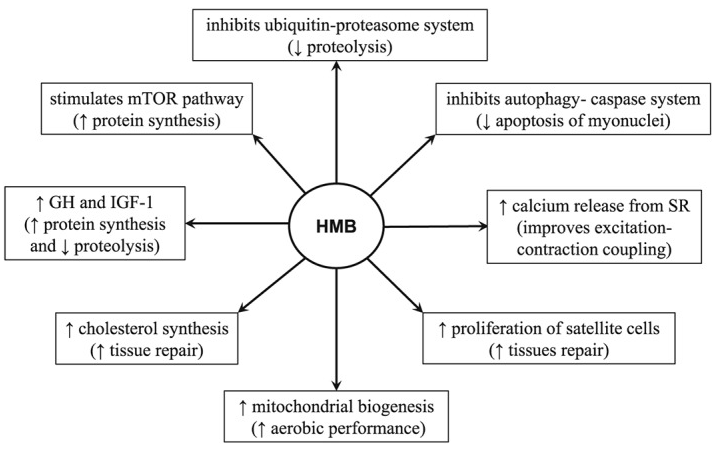
HMB positively affects a number of important metabolic pathways that aid in muscle growth, fat loss, and recovery from exercise.[41]
If you've been in the supplement game for any length of time, you'll no doubt recognize many of the terms on the inset chart. You'll be excited, then, to learn that peer-reviewed research literature has found HMB can, among other things:
- Activate mammalian target of rapamycin (mTOR).[42] mTOR, a crucial signaling pathway in muscle cells, stimulate protein synthesis, and suppress protein breakdown, which leads to an increase in muscle protein buildup and ultimately muscle hypertrophy.[43]
Upregulates growth hormone (GH).[44] GH plays a vital role in muscle building, fat loss, and exercise recovery by promoting protein synthesis, increasing lipolysis, and stimulating the production of insulin-like growth factor-1 (IGF-1), which facilitates muscle growth and repair.[45,46]
- Stimulate mitochondrial biogenesis,[47] which has been shown to improve exercise performance and muscle endurance by increasing oxygen uptake and reducing the production of reactive oxygen species.[48,49] Mitochondrial biogenesis is also associated with improved body composition, partly because mitochondrial function leads to increases in the body's rate of fat burning.[50,51]
There are other mechanisms at play, but these are the big three – and they come up all the time on the PricePlow Blog when covering products and ingredients in the active nutrition segment of the supplement industry. You can expect any supplement that touches on all of them simultaneously to have significant anabolic effects, and there is, as we have seen, some very good evidence showing HMB does exactly that.
HMB’s metabolite HMG-CoA is a cholesterol precursor
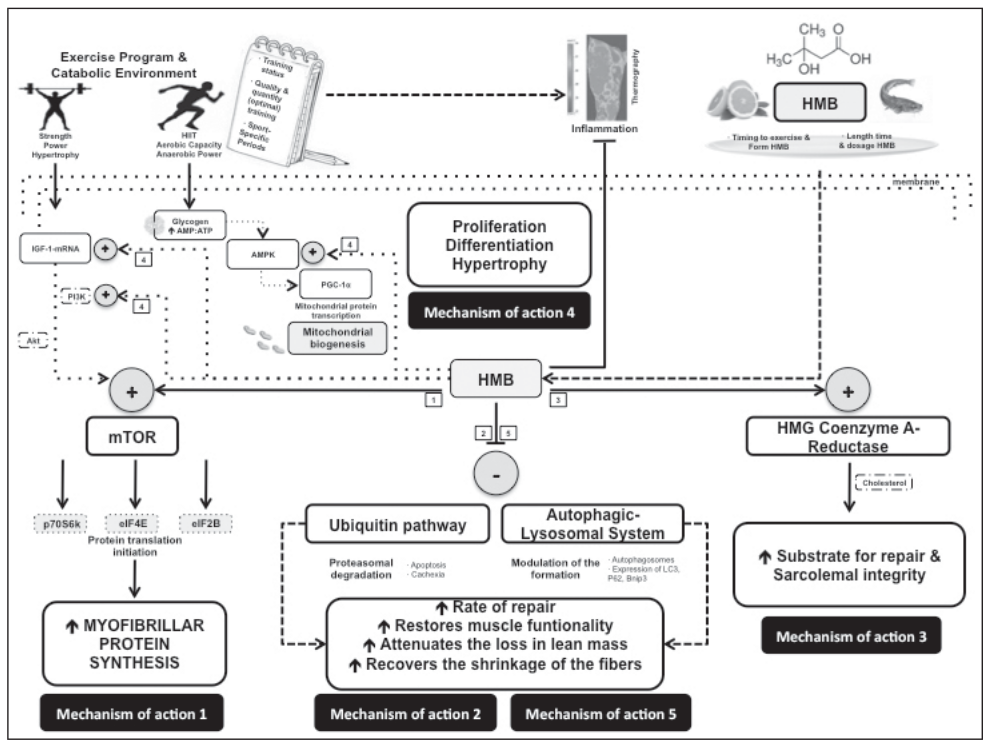
The hypothesized metabolism for HMB with respect to active nutrition.[52] See HMG-CoA on the right side.
The vast majority of HMB's effects, as described above, are as a signaling molecule. However, its job doesn't end there: one particular metabolite of HMB, β-hydroxy-β-methylglutarate-Co-A (HMG-CoA),[52-55] is used in the synthesis of cholesterol[52,56,57] as well as ketone bodies.[56,58]
Although the word cholesterol may sound scary to some people these days, most of our readers understand the critical importance of cholesterol and its biochemical roles. Your body needs cholesterol for tissue and cell membrane repair,[59,60] and it's also a precursor to testosterone and other crucial hormones,[61,62] which are obviously crucial for optimal health as well.
What about Women? Is HMB Just For Exercising Men?
The sports supplement industry tends to fixate on young, healthy men who train vigorously on a regular basis. If a supplement doesn't do much for this population, it probably won't fare well in the marketplace – which can be a shame, because there are of course other demographics that might benefit from the same supplement - including women!
As you've seen in this article, there's tons of evidence that HMB can help improve muscle mass and function in the aging and the elderly, even when taken by sedentary people.
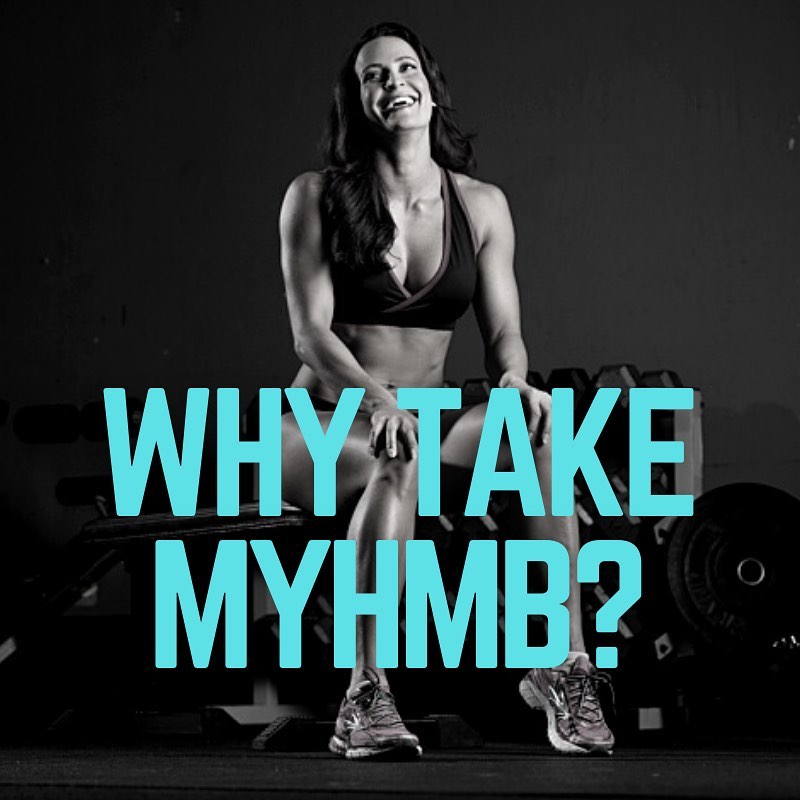
HMB works for women using the same mechanisms in the studies with men. But even better, there are studies performed exclusively with women![63-67]
Thankfully, there's a solid amount of research specifically performed with females as well. So we want to emphasize that the HMB effects we've discussed in this article have been successfully teste all-female study populations.
Tested benefits of HMB in women-only studies
The evidence shows that HMB supplementation can:
- Improve muscle strength and body composition in sedentary overweight women[63]
- Improve athletic performance in healthy women over the age of 65[64]
- Increase muscle mass, muscle strength and peak (anaerobic) power in adolescent female volleyball players[65]
- Support greater improvements in muscle strength and body composition when combined with intermittent fasting and resistance training.[66]
- Help attenuate certain inflammatory factors, helping to improve the recovery process.[67]
Largely, the mechanisms are the same -- HMB is a signaling molecule that protects muscle mass in times of stress -- and this obviously isn't exclusive to male athletes.
So as you can see HMB is for everyone! We may even do an article in the future highlighting the female-specific research on HMB supplementation, because it's worth covering the above studies in greater depth.
What about studies where it “didn’t work”?
Aside from overzealous marketing from decades ago, there was another problem: some research came out showing little or no benefit from HMB supplementation. Negative research outcomes are obviously a valid concern, but in retrospect, it has become clear that many of these studies were flawed.
Tainted Research: Use of an Adulterated Supplement That Had No HMB!
First, we have to discuss a matter of serious nature that was brought to our attention during our podcast with Shawn Baier (Episode #093): "HMB research" that was performed by three researchers using an adulterated supplement that didn't contain any HMB upon testing!

Thank you Shawn for joining the PricePlow Podcast and telling us this wild story about poorly-perfomed research!
In 2010, three researchers published a study alleging that an over-the-counter dietary supplement containing "3 grams of HMB plus α-ketoisocaproic acid" (also known as KIC, another leucine metabolite) failed to work compared to placebo.[68] Given that the research results made no sense, another team of researchers bought the commercial product that was used in that study and had it tested. It turns out that the supplement used in that study had no HMB![69]
This led them to write a letter to the journal (the Journal of Strength and Conditioning Research) with the data.[69] Subsequently, the researchers of the faulty study admitted that the product indeed contained no HMB,[70] but left it at that for well over a decade.
Sadly, this research is still not retracted, and is still right there on PubMed delivering disinformation. We'll be working to get the authors and journal to formally retract it.
Additional findings from ISSN
The International Society of Sports Nutrition (ISSN), for example, published a 2013 research review on HMB literature showing that certain studies were plagued by methodological shortcomings, such as ineffective prescribed exercise regimens and lackluster participant compliance, both of which can confound results.[9]
When it comes to building muscle, an ingredient like this isn't going to work on its own. It still requires hard training and consistency - especially when this one works so well in an anti-catabolic, recovery-based manner.
We consider HMB to be a "slingshot" ingredient - to more quickly get you back into positive territory after tearing your body down. But if you don't seriously tear your body down in the first place, it won't have as much use. Aside from the obvious anti-aging, anti-muscle-wasting applications, HMB is for serious training regimens in hard-working athletes.
Discussed on the PricePlow Podcast
To learn more about this, see Episode #093 with Shawn Baier, who explains the training mechanisms in greater detail:
This area is reserved for Team PricePlow's upcoming Podcast / Interview video.
Subscribe to our channel and sign up for notifications so you catch it when it goes live!
Also note other bottlenecks in anti-aging applications
Above, we also discuss how seniors didn't gain strength on HMB unless they had adequate Vitamin D levels.[25,28] This is a potential "bottleneck" for the ingredient (especially in elderly but possibly in everyone), so as always, ensure that you get adequate sun exposure in order to optimize health.
This brings us to the next section -- the different forms of HMB available on the market to try:
Different types of HMB
TSI Group, the same company that brought us Peak ATP and the sponsor of this article, has a few different ways to package the powerful ingredient:
-
myHMB
Consisting of as calcium HMB, myHMB is a powdered formulation of HMB that is bound to the mineral calcium. Calcium is well-known for its role in signaling muscle contraction,[71] so depending on one's diet, it may provide additional benefits.
TSI Group has a weight/dosing chart for myHMB on their website:
-
myHMB Clear
TSI Group's liquid free acid form of HMB is sold as myHMB Clear. It offers greater bioavailability and absorption to maximize muscle health benefits, but is generally used in softgel or liquid applications.
A product we recently covered that utilizes this form of HMB is MuscleTech Clear Muscle, which is pictured above and below in this article. Note that on its label, it uses the ingredient name BetaTOR, which is myHMB Clear / HMB free-acid that's marketed towards sports nutrition / active nutrition applications.
-
myHMB Clear + PEAK ATP
Peak ATP is a patented oral ATP supplement that's been shown to increase blood flow, boost muscle activation through calcium release, and help boost muscle mass, strength, and recovery. This article covers the biochemistry, mechanism, and human research in detail.
This is a combination of Peak ATP (exogenous disodium ATP) with myHMB Clear stated above. To learn more about Peak ATP, read our article titled PEAK ATP: The Ultimate Guide to Disodium ATP Supplements.
The quick summary is that it provides blood flow improvements, which improves numerous physical performance-based metrics that can synergize with HMB's benefits.
-
myHMB + Vitamin D
myHMB Clear + Vitamin D is a patented combination shown to increase strength, improve body composition, and reduce recovery time.
Discussed in greater detail above, there's additional research performed on this combination demonstrating powerful synergistic effects that help to achieve optimal muscle health in all major muscle groups in seniors -- without increased physical activity![25]
Supplements with HMB Covered on the PricePlow Blog
There are numerous supplements utilizing one of the four ingredients listed above. One of our favorites for muscle building is Undefined Nutrition's Structure supplement, which is a creatine supplement that pairs both HMB and Peak ATP alongside. Undefined Nutrition is the brand of Brian Shaw (World's Strongest Man).
NOW Foods subsidiary NOW Sports has several options (tablets, vegetable capsules, and powder) available under their NOW Sports HMB line. NOW also has a very impressive sleep and recovery product titled NOW Sports R&R Rest & Repair, which includes additional ingredients like tart cherry, GABA, 5-HTP, and melatonin next to HMB.
Finally, a great way to try MyHMB Clear (Free-Acid HMB) is to check out MuscleTech Clear Muscle.
You can also see a listing of other HMB supplements on MyHMB.com.
ISSN Updates Position Stand on HMB (2024)
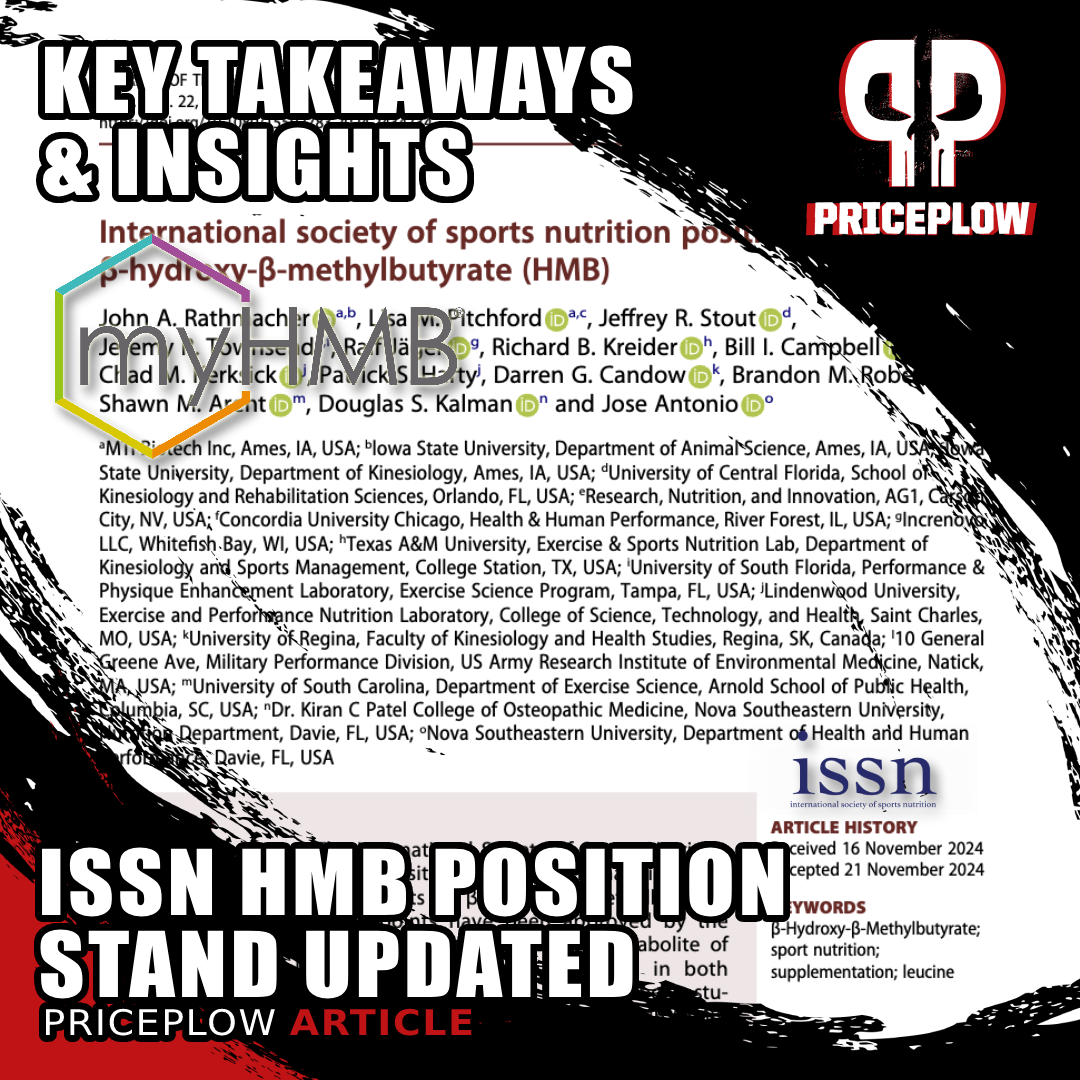
The ISSN's updated position stand on HMB reinforces its role in muscle health and performance. Key findings show it's safe, effective for muscle growth and recovery, and works best when timed around training. Best part? Benefits seen across all ages and fitness levels![72]
In December 2024, the International Society of Sports Nutrition (ISSN) released an updated position stand on HMB, further validating many of the mechanisms and benefits we've discussed throughout this article.[72]
The comprehensive position stand covers 12 key points, including HMB's mechanisms of action, safety profile, effects on muscle recovery, and applications for both athletic performance and aging populations. Some notable highlights include HMB's confirmed safety profile for long-term use, its role in muscle protein synthesis and breakdown, and its potential synergistic effects with quality diet and lifestyle.
This scientific update provides additional validation for HMB's use in various applications we've covered, from supporting high-intensity training to helping preserve muscle mass in aging populations. You can read our complete breakdown of the updated position stand in our article "ISSN Updates Position Stand on HMB: Key Takeaways and Insights".
Conclusion: It’s time to consider HMB for intense training regimens and more
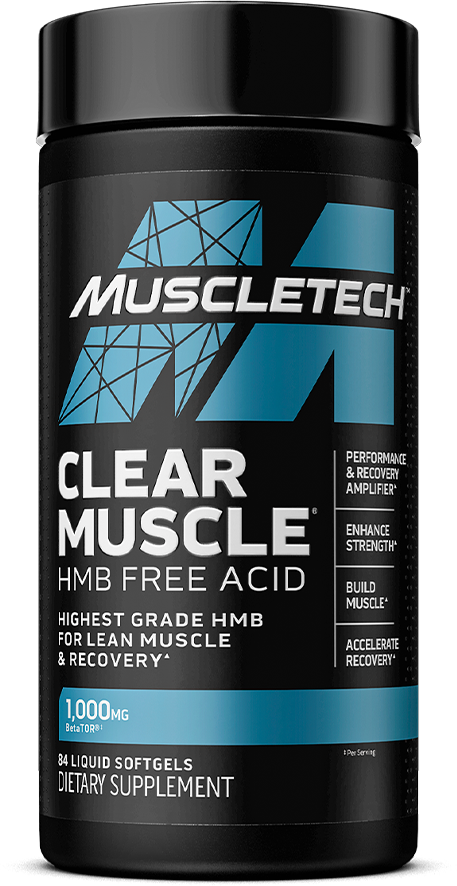
MuscleTech Clear Muscle features BetaTOR, which is HMB Free Acid
These studies are impressive, but let's not forget that there's a reason HMB fell out of favor a couple of decades ago. As we see it, HMB really shines in certain use cases, such as supporting high intensity exercise or protecting muscle tissue from pathological catabolism. However, we have to repeat that this is one of those ingredients that won't work with young athletes unless they do the work.
Younger, everyday gym-goers following more casual exercise regimens may not see any miraculous effects from HMB. The combination of Vitamin D and HMB in older individuals is very promising, however, and this opens up a new vector of research we'd like to continue covering.
But if you're like other PricePlow readers and are a serious athlete looking to gain any legal edge that you can, or someone at or past middle age and interested in aging gracefully or protecting precious muscle mass from sarcopenia, we think HMB is a supplement that you should definitely consider.
More generally, HMB is probably a great thing to have on hand if you're facing a strenuous physical challenge of any kind. When you know a crazy month of life or training is upon you, HMB can be crucial to your arsenal.
You can sign up for our HMB news alerts below to get notified when we have more HMB-related news, product announcements, podcasts, and more:
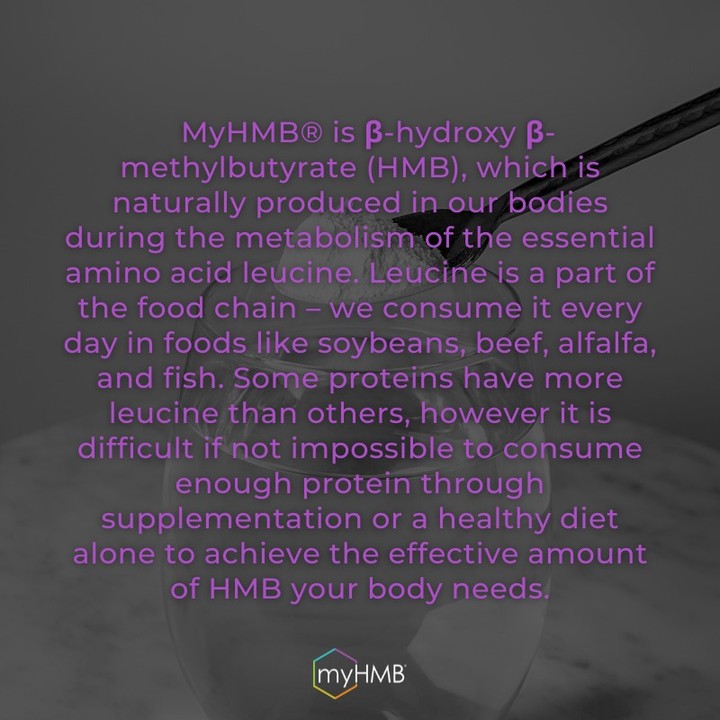
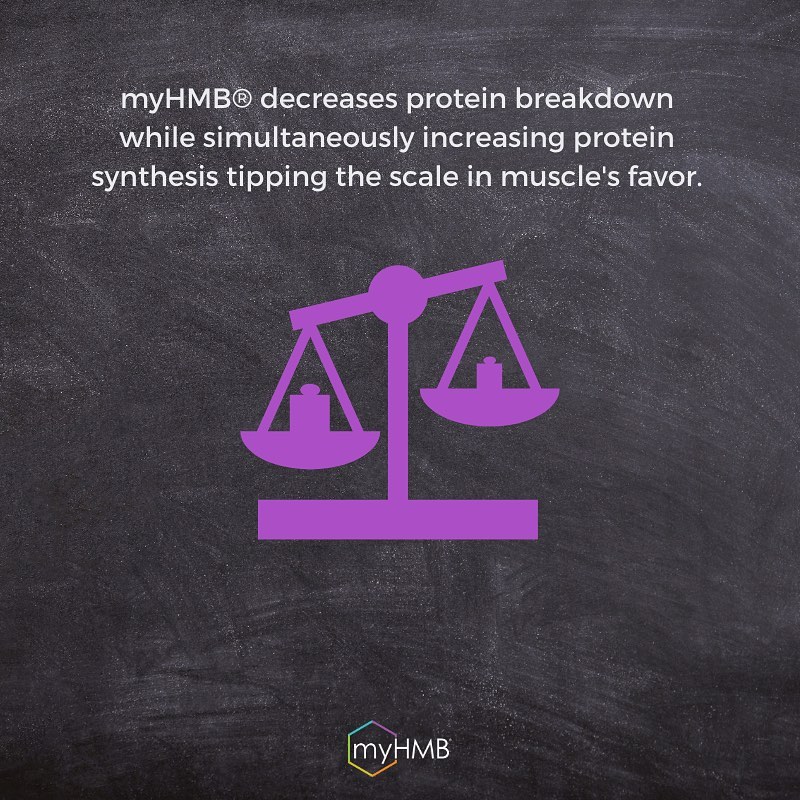
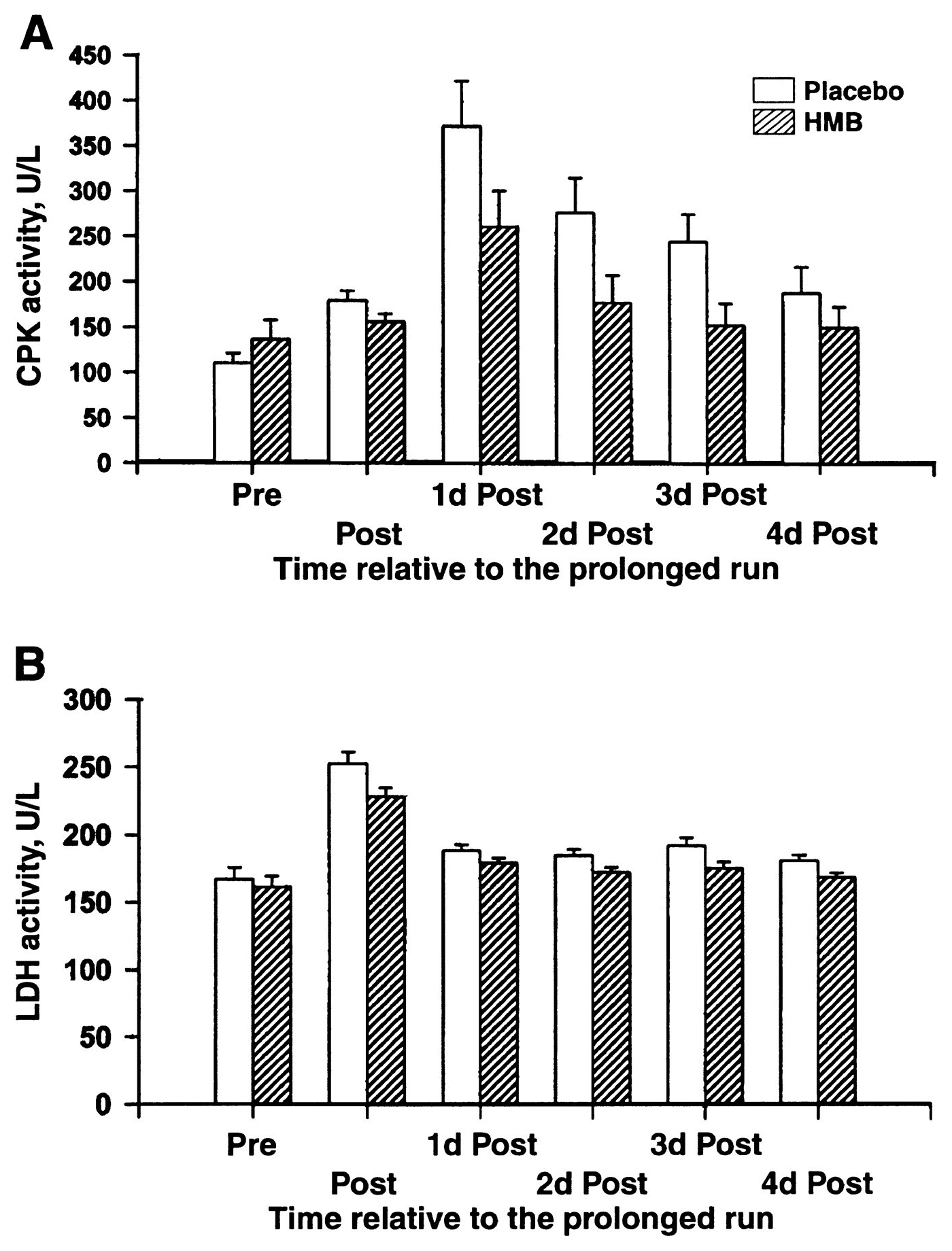

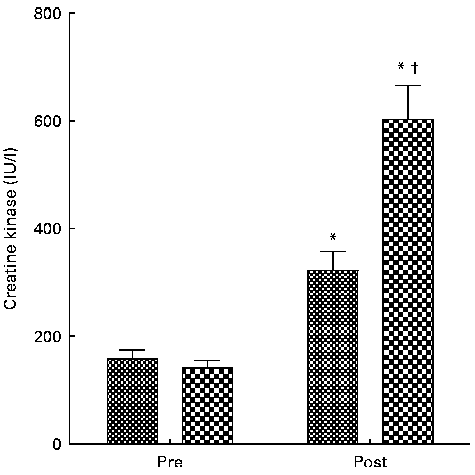
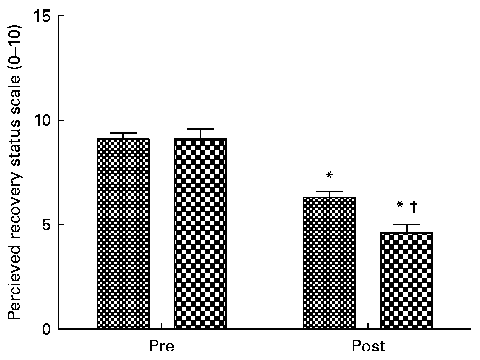
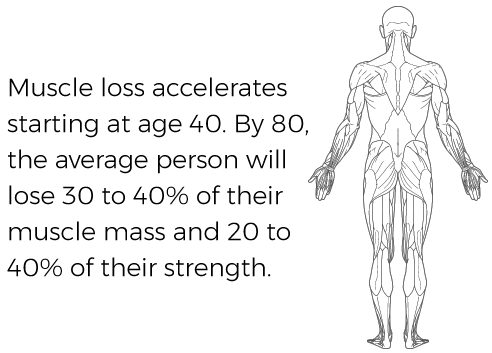

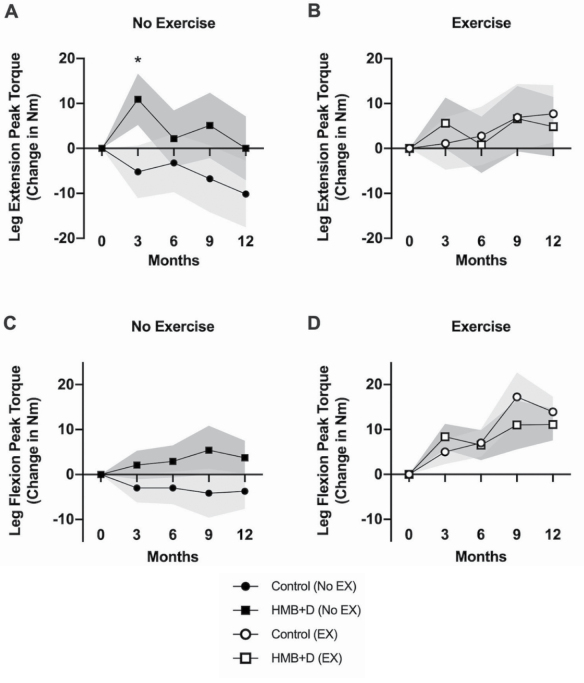
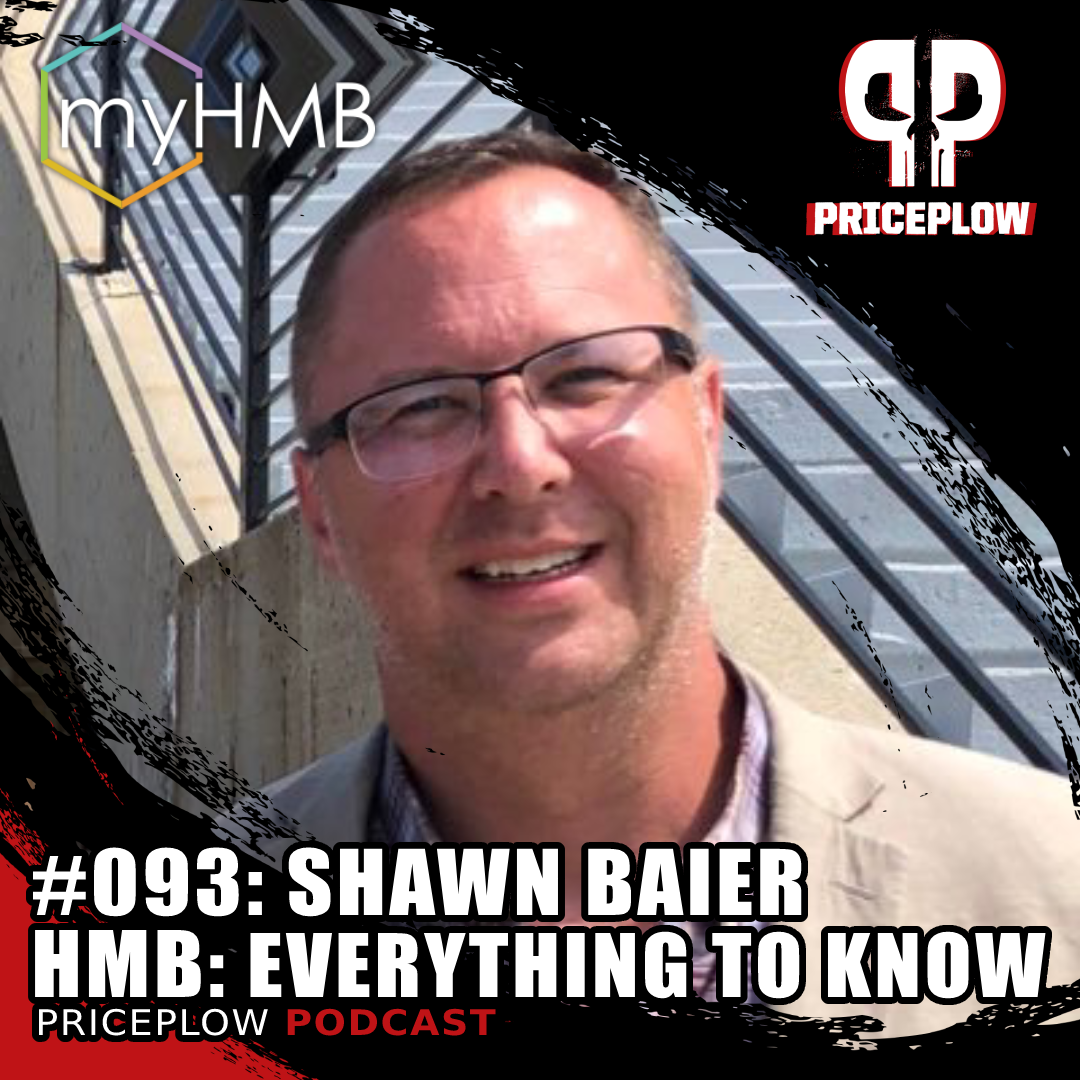

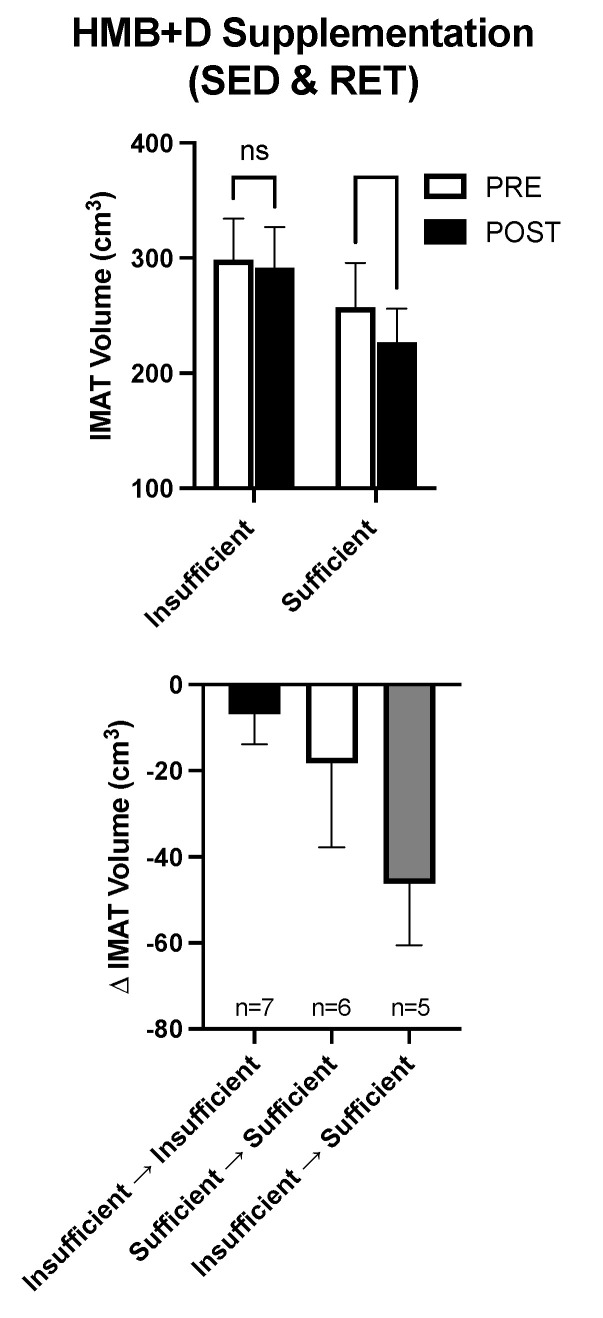
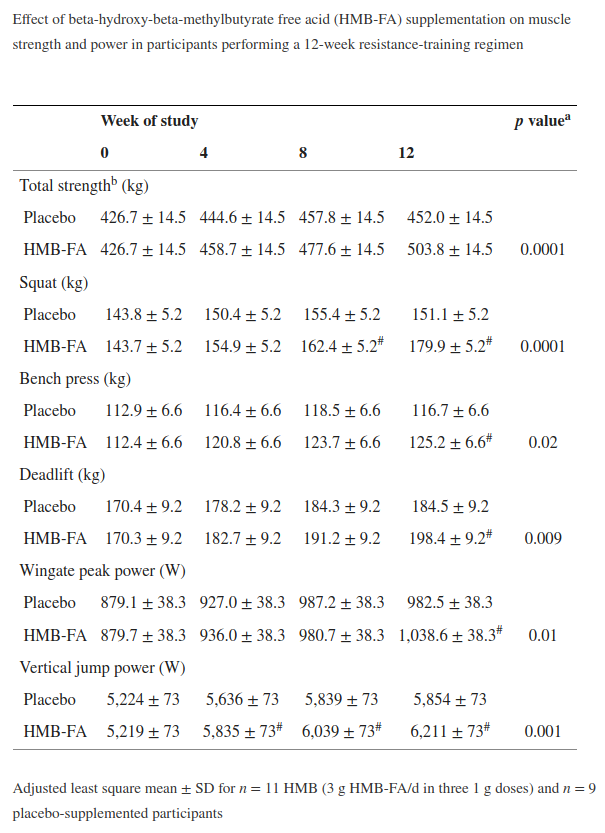
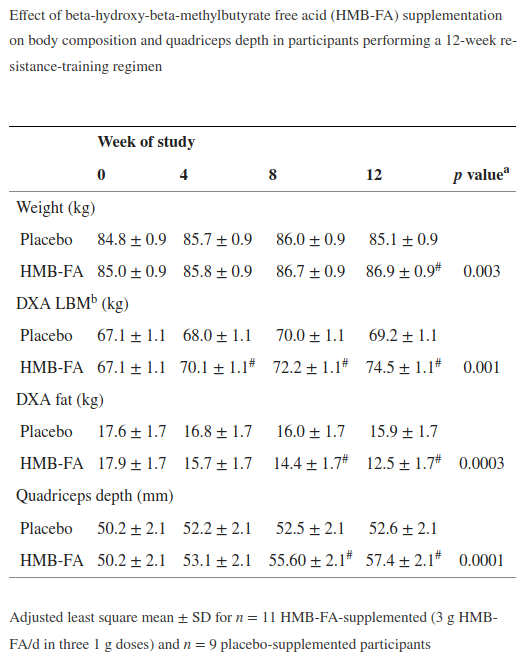
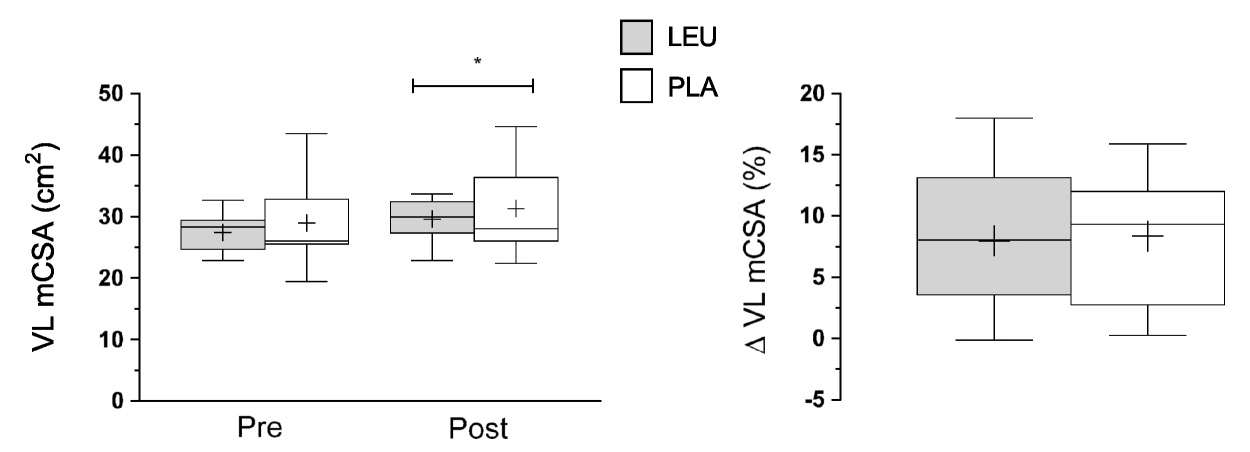
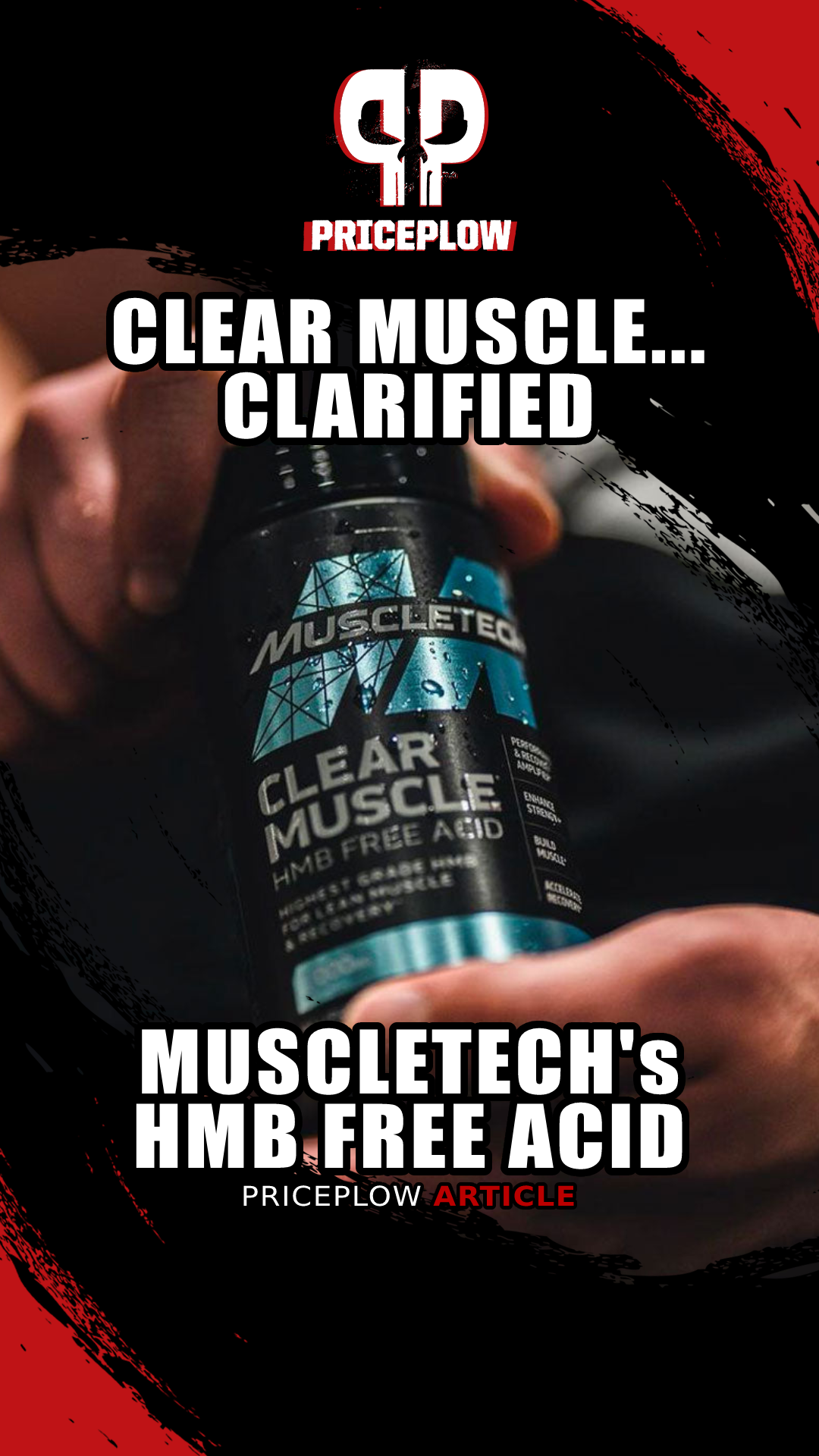


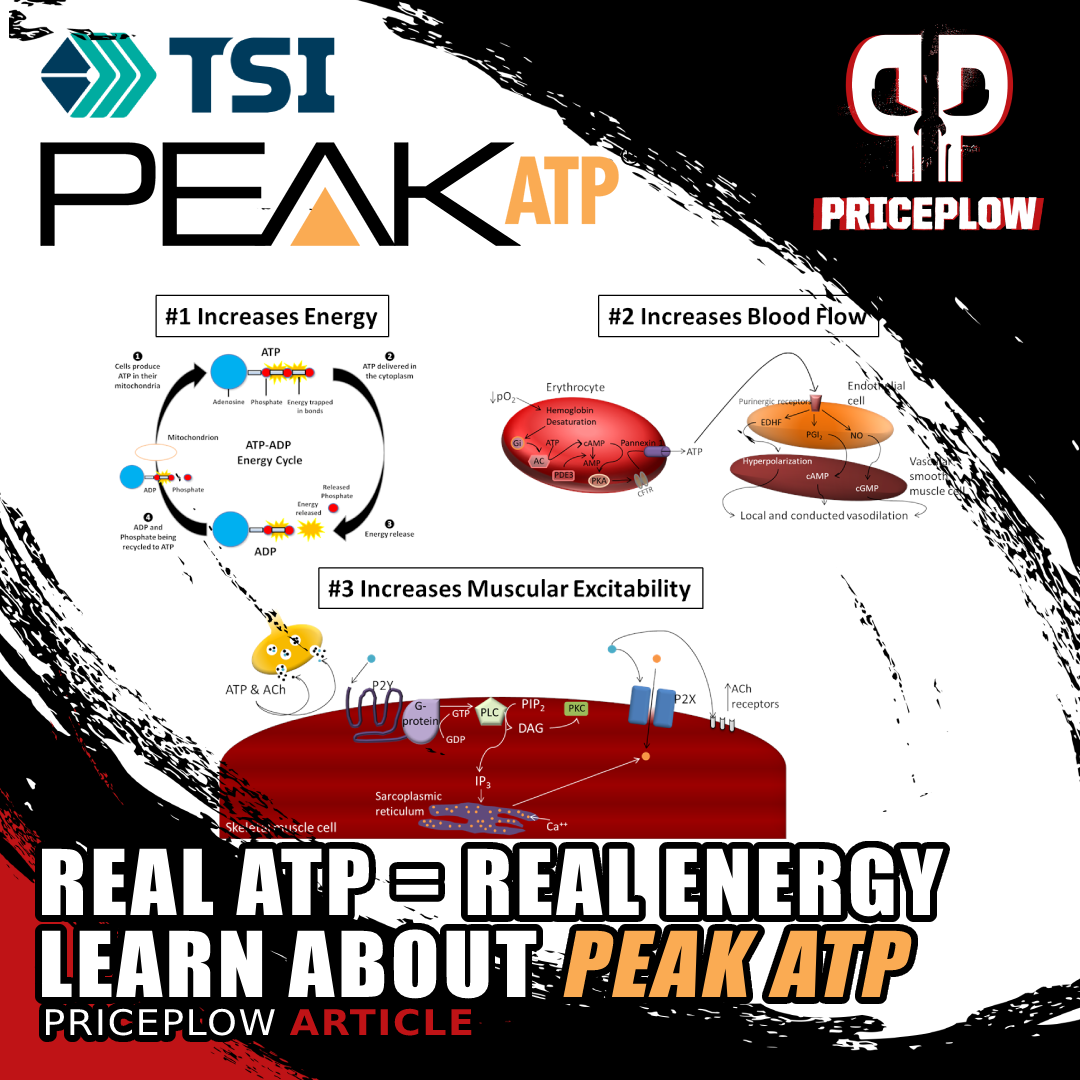
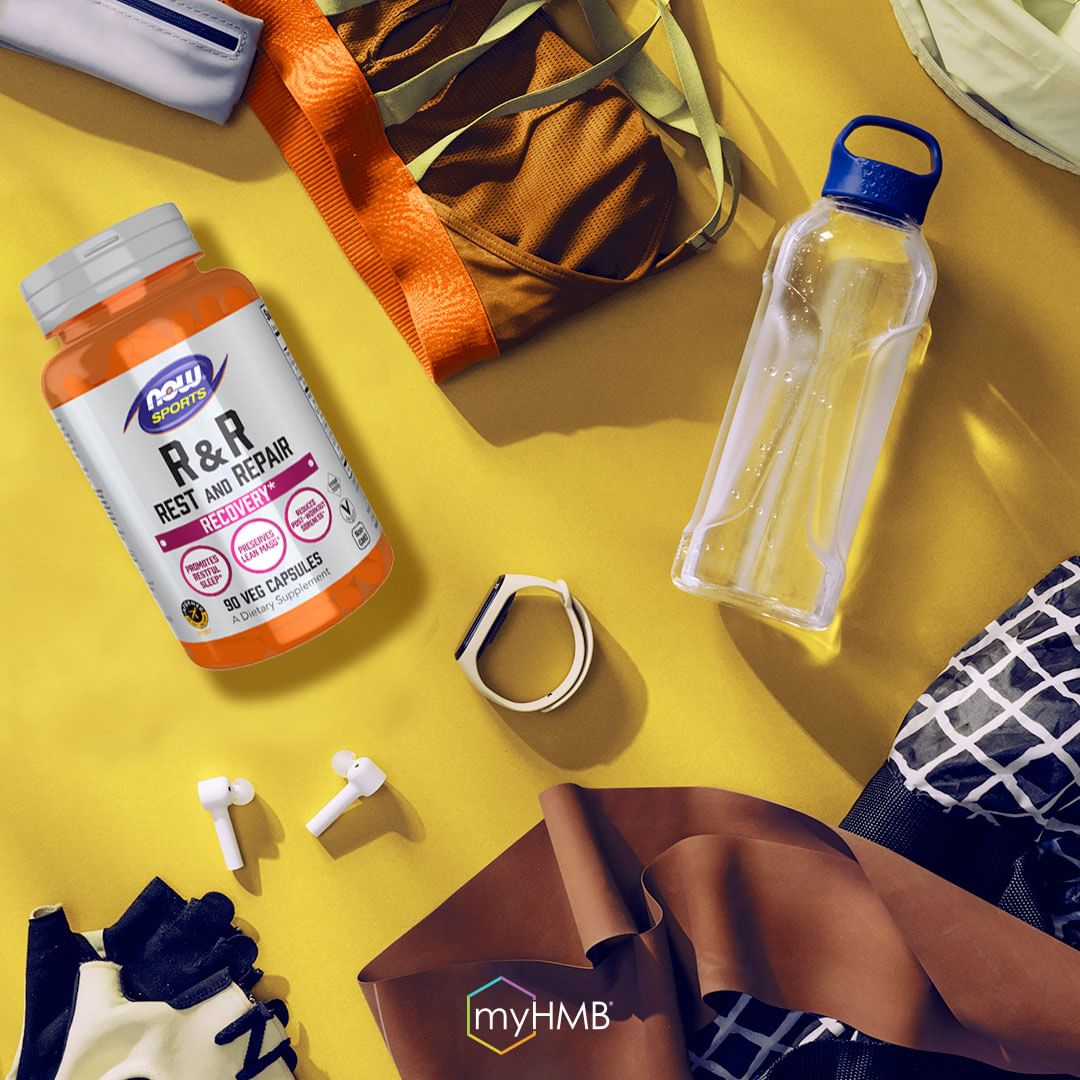


Comments and Discussion (Powered by the PricePlow Forum)